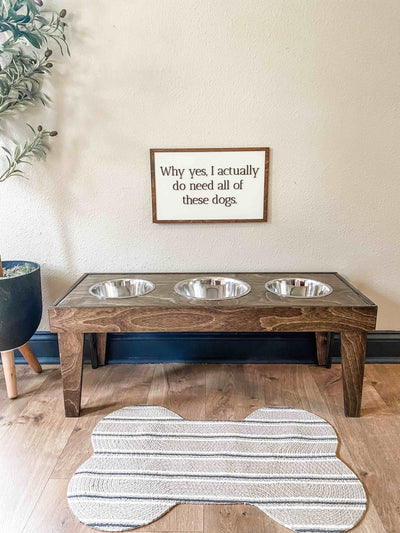Caring for Butcher Block from the Southern Living magazine:
1. How To Clean And Sanitize
Cutting directly on the surface is convenient, but it will leave stains. Lightly scrape off any stuck-on residue with a spatula, and then use a damp cloth to wipe the surface clean with mild dish soap and water. Next, it's time to sanitize. Combine equal parts water and equal parts white vinegar in a spray bottle; spray it over the surface and wipe it down with another damp cloth. Cleaning and sanitizing the surface should be done daily.
2. How To Condition
Over time, butcher-block countertops can lose their luster and look dull and dry. Give them a refresh with food-safe mineral oil or butcher-block conditioner (available at home improvement stores). Don't use a food oil, like olive or vegetable oil, which will oxidize on the surface and start to smell. Start with a clean countertop, and then pour on the mineral oil, spreading it over the surface with a cloth. Let it sink in and dry for an hour. Then apply another coat. Condition butcher-block countertops every few months to restore their natural sheen.
3. How To Minimize Nicks And Scratches
Butcher-block countertops are basically built-in cutting boards. You can chop fruits and vegetables directly on the surface. (For sanitary reasons, slicing meat, poultry, or fish should probably be done on a cutting board.) Inevitably, knives will cut nicks and scratches into the surface. Remedy the wear and tear by lightly sanding over the blemish. Then clean the area and apply mineral oil to buff the restored area.
4. How To Repair A Crack
If there's a large crack in your butcher-block countertops, call a professional. If it's a small hairline fracture, you can repair it yourself. Apply a food-safe wood glue over the crack, and let it dry. Sand down the excess dried glue, and then clean and condition.
5. How To Avoid Mold And Rot
Butcher block is a porous surface. Protect against mold and rot by wiping up puddles of water as soon as you notice them. Wood also expands and contracts when it gets wet, so if avoidable, pass on surrounding your kitchen sink with butcher block. If you do, make sure the edges are thoroughly sealed.





